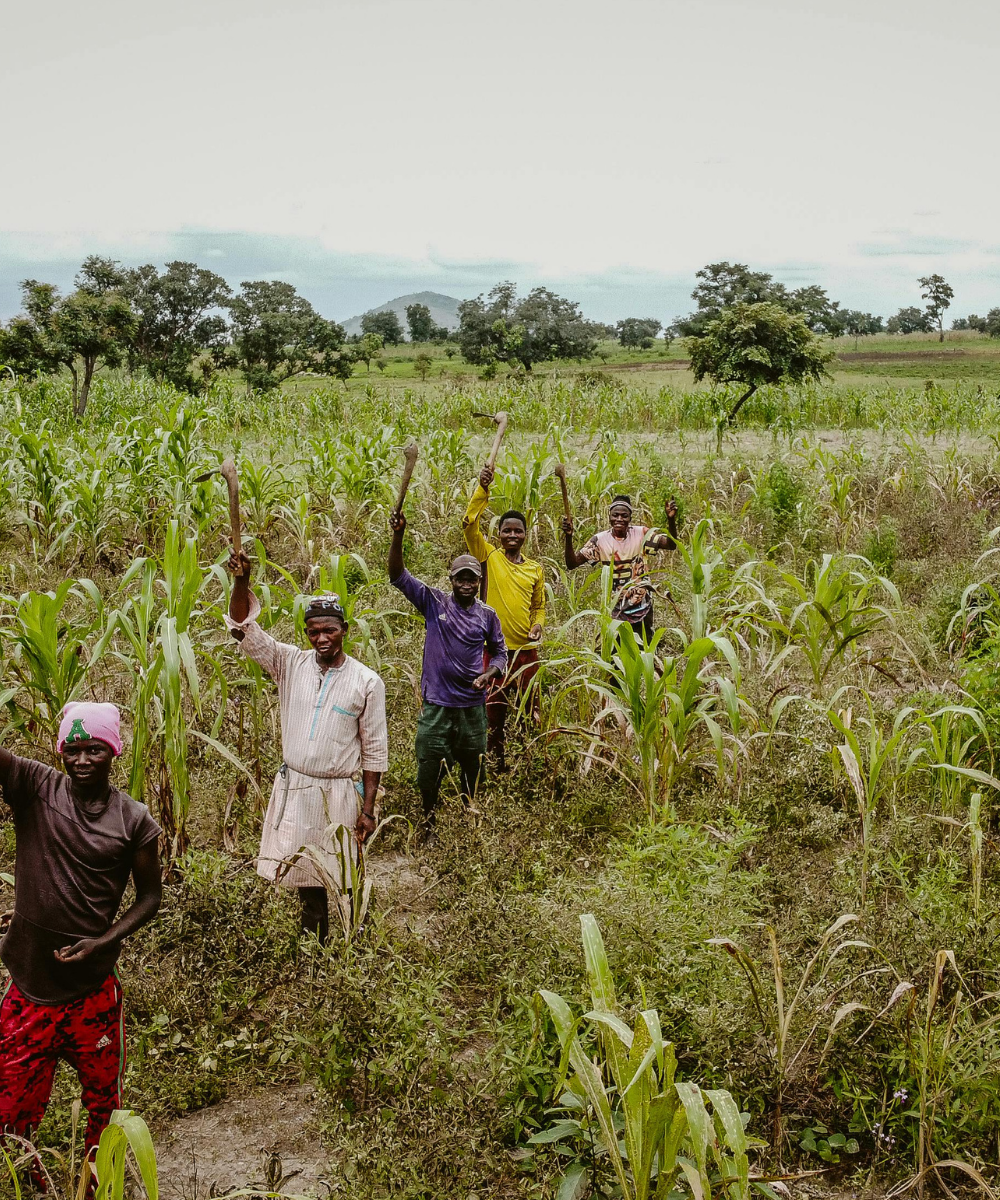
Béafrika: The Heart of Africa
Geography
Known locally as “Béafrika” or “the heart of Africa,” the Central African Republic (CAR) is a landlocked country in central Africa, bordered by Chad, Cameroon, Sudan, and the Congos. It spans about 620,000 km² with a population of around 4.4 million (2008). The climate is tropical, with humid forests in the south and savanna in the north, hosting diverse wildlife including both rainforest and savannah species.
Demographics
CAR is home to over 80 ethnic groups, each with its own language. The national language, Sango, unites the people. About 80% are Christian, 10% Muslim, and 10% follow indigenous beliefs.

Politics and Economy
Once a major exporter of coffee, cotton, diamonds, and wood, CAR’s economy suffered due to political instability. Today, 75% rely on subsistence farming, with limited formal employment. Since independence from France in 1958, the country has endured multiple coups, including the notorious rule of Emperor Bokassa I.
Cyclical Violence
The 2013 coup by the Seleka rebel group sparked a violent civil war, with retaliatory attacks by Christian Anti-Balaka militias. Despite UN peacekeeping and a democratically elected government since 2016, much of the country remains under rebel control. Fragmented armed groups and shifting alliances continue to fuel instability.
Resilience and Hope
Despite ongoing violence and hardship, Central Africans remain hopeful and resilient. They strive for education, community, and livelihoods against all odds. Through initiatives like Ndara, the story of hope and resilience shines alongside the reality of conflict, aiming to inspire lasting peace.

